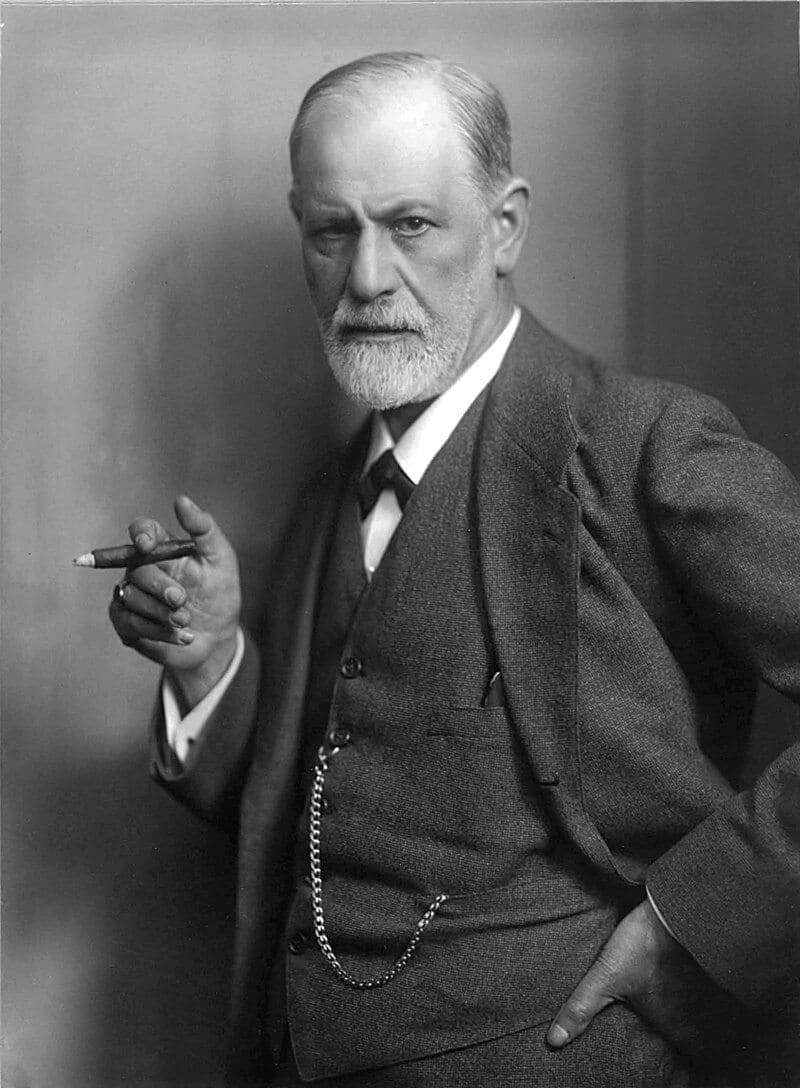One of the leading figures of universal psychology and one of the most controversial thinkers of the 20th century, Sigmund Freud made an extraordinary contribution to defining the concepts of memory, childhood, personality, and therapy, laying the foundations for theories that have been a turning point in the course of modern psychology. Here’s what Freund says dreams really are about.
Who was Sigmund Freud?
Sigismund (later Sigmund) Freud is regarded as the father of psychoanalysis and is credited with a host of astonishing discoveries about the workings and structure of the human psyche. He was born on 6 May 1856 in Freiberg, Moravia, then part of the Habsburg Empire, now Pribor in the Czech Republic, into a family of Jewish origin.
He moved to Leipzig, Germany, then to Vienna, where he also began his studies in medical research at the University of Vienna, graduating in 1881. In the following years he worked at Theodor Meynert’s psychiatric clinic, then studied with Charcot at the Salpêtrière Hospital in Paris (1885).
Freud began studying psychoanalysis in the 1880s after coming across some articles on Breuer’s method of treating hysteria through hypnosis. Together, they published the work Studies on Hysteria (1895) in the same year, in which they analyzed a dream. Over the next five years he developed most of the concepts that were later incorporated into the theory and practice of psychoanalysis, a term he himself proposed in 1896. The separation from Breuer and the shock of his father’s death led Freud to begin self-analysis in 1897, concentrating on his dreams and fantasies.

An impressive career that brought Freud worldwide recognition
Throughout his career, Sigmund Freud published numerous books and scholarly works. One of his most significant achievements was the establishment of a rigid model of what he called ‘sexual development’, which follows a biological evolution and for which Freud proposed the theory of clearly delineated stages of development by age, with no need for a person to go through all the stages.
Another aspect of his theories is the study of personality, within which Freud identifies three dimensions: the id (governed by the pleasure principle or the notion of hedonism, which allows us to obtain the things we need from birth), the ego (governed by the reality principle or a pragmatic worldview, the side of the personality that we show to the world and realize the consequences of fulfilling the desires of the id), and the superego (the moral side of the individual, which develops as a result of moral and ethical constraints as experience is gained or through social interactions).
What dreams actually hide, according to Freud
The work entitled The Interpretation of Dreams is what Freud considered his most important book. Although it was published in 1899, it is inscribed with the year 1900 as the date of the first edition, due to the author’s desire that his discovery be associated with the beginning of a new century.
Thus, another important aspect Freud studied was the interpretation of dreams. The author says that the role of dreams is to protect sleep. When we go to sleep, we try to detach ourselves from the everyday reality, cancelling out any external stimulus. During the night, the mind protects us, through dreams, from external stimuli, such as noise or light, as well as internal ones, such as emotions, fear, or dissatisfaction.

The psychoanalyst’s study focused more on internal stimuli. For an individual to experience strong, negative emotions, hidden desires, or forbidden thoughts in a dream, they must be hidden in some form. Otherwise, the person in question becomes extremely agitated and wakes up. Therefore, a good interpretation of dreams can lead to an understanding of subconscious manifestations.
Freud believed that a dream is made up of two parts: the ‘manifest content’, or what appears in the dream, and the ‘latent part’. The first is what we remember after waking up. Freud says that this side of the dream has no meaning, because it is a disguised representation of the real thoughts that generated the dream. It is the latent content that holds the true meanings of the dream, such as forbidden thoughts or subconscious desires.
These latter appear in the manifest content but are disguised and cannot be recognized, and it happens very rarely that the two sides of the dream overlap. The psychoanalyst calls these “infantile” dreams. He insists that dreams are in fact a way of fulfilling suppressed desires. When a burning desire is not satisfied in everyday life, the mind reacts to this internal stimulus, and turns it into a concrete, visual experience and thus fulfils the desire, and the result is soothing sleep.


